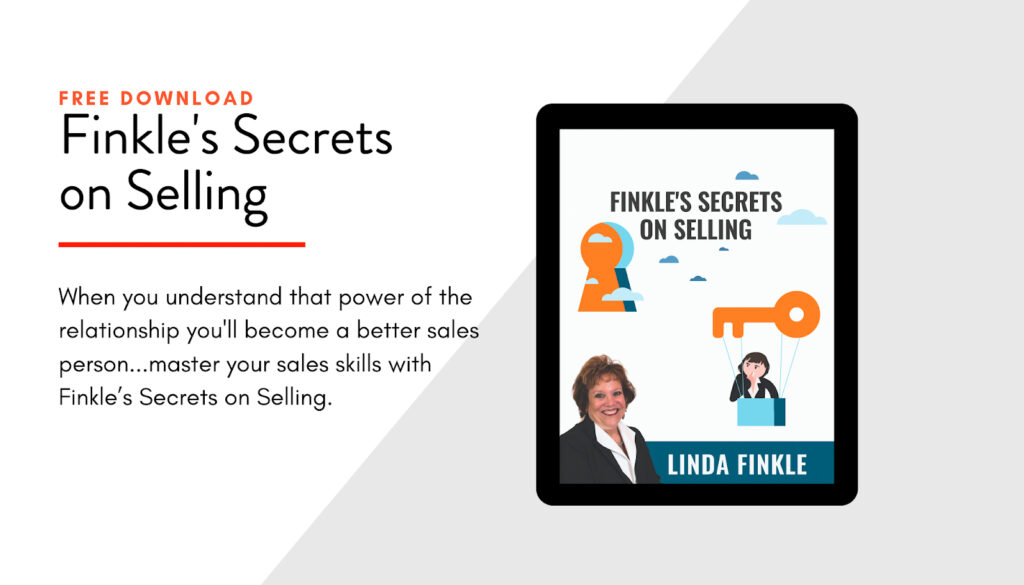A couple months ago, I was asked to create a training program to help coaches get clients. Two newly certified coaches were placed under my guidance as part of the beta program, before it was officially rolled out for everyone.
It turns out new coaches hardly close deals NOT for lack of coaching experience. They couldn’t get clients because they’re not good in handling objections. They stuttered, got defensive and in some cases, gave up.
They were demoralized by the objections thrown at them. Their reactions, while not ideal, are all too common for anyone working in sales. But if you want to learn how to close a sale, as these two students did, you must let those negative feelings go.
Instead of getting on the defensive, you must find a way to overcome objections using different sales closing techniques. In many ways, such objections are just evading tactics. Think of it as a knee-jerk reaction people have when they feel they’re being sold to.
So don’t take things personally. Try to see the “why” behind every “no” instead.
How to Close a Sale: The Proper Comeback for Overcoming Objections and Evading Tactics
“You’re too expensive!” Or “That’s out of my budget” Or “I don’t have that kind of money”
Cost is almost always the first objection customers use to shut down sellers.
In the customer’s defense, it’s actually a good way to ward of sales people.
Why? Because it gives the impression that they don’t have enough money, and therefore trying to pitch them is a waste of time.
Top sellers, on the other hand, see this as an opportunity to explain their product or service’s value.
For coaches, instead of giving up and saying “Thank you for your time”, or worse, getting defensive and saying something to the effect of “This is how much I’m worth”, try to explore the meaning behind the customer’s pricing objection.
Ask open ended questions like…
“Are you hesitant because of the price alone, or is there something in the product/service that doesn’t seem right for you?”
Here you’re probing if the customer’s hesitation is really just about the money, or if he has other objections regarding the product or service itself—i.e. overpriced, doesn’t need all the bells and whistles, expensive compared to brand X, etc. The customer’s answer to that question will help you determine what to do next.
Handling Objections about Costs and Fees
• Provide a payment plan
• Offer a money-back guarantee
• Anchor the premium price to the customer’s return of investment after using your product/service
• Offer a 3-tier package, where customers can get a basic, premium, and VIP package so they don’t have to pay for extra features they don’t need.
“Does it really work?”
This objection can easily be satisfied with a money-back guarantee. It’s not always enough though.
How to close a sale when you’re faced with hesitant customers:
• Tell stories about past customer’s successes
• Customer testimonials in your marketing materials
• Case studies
• Industry research
• Offer no-contract, short-term work where you solve just one of their problems or work for 1-month, then give them the option to continue hiring you if they’re satisfied with your work.
• Offer introductory products or free-consultations
• Offer one-on-one help or training to help customers make the most of your product (works well for software and complicated products)
If you don’t have a case study, customer stories or a testimonial on your sales arsenal, you’re really missing out. That can easily be rectified though. Talk to at least one customer this week, and then ask him if your product or service has solved any of their problems or challenges recently.
Record their answer, especially the pain point they described and how your product helped them. You can use this story next time a prospect has a similar problem.
Collect customer stories and references at least once a month. Over time, you’ll have enough stories to answer majority of the objections posed by prospects.
“I don’t have time”
Sometimes people really want to buy from you, but their busy schedule stops them. They’re too busy to learn how it works, too busy to build, too busy to apply what you teach, and too busy to get the most use out of whatever you’re selling.
It’s like the treadmill you bought last year, but are now “too busy” to use.
Yes, everyone is busy. And you can’t guarantee what customers do after you talk to them. You can, however, guide them and set expectations.
For services: Give customers a timeline from based on previous customers’ history. Tell them what they can expect in 1 week, 1-month, and 1 year. Don’t forget to include possible setbacks and estimate date when they can expect results, assuming they follow your guidelines.
For products: Give a timeline for installation, set-up, training, and mastery. Outline the results or benefits they can expect and provide an estimate timeline for each.
This is by no means an exhaustive list on handling objections. It could be adapted to other situations though.
Sometimes, these methods aren’t applicable, such as in specific challenges only your customers or industry has. In that case, look to you competitors. How did they address the problem? That will give you a clue on how to proceed.
And if you’re still not sure what your prospect’s buying hesitations are, ask them! Conduct a survey on Twitter, Facebook or Email.
© Incedo Group, LLC
Want More Selling Tips?
I have created a list of my top tips that I have personally used over and over again to become a top salesperson.






